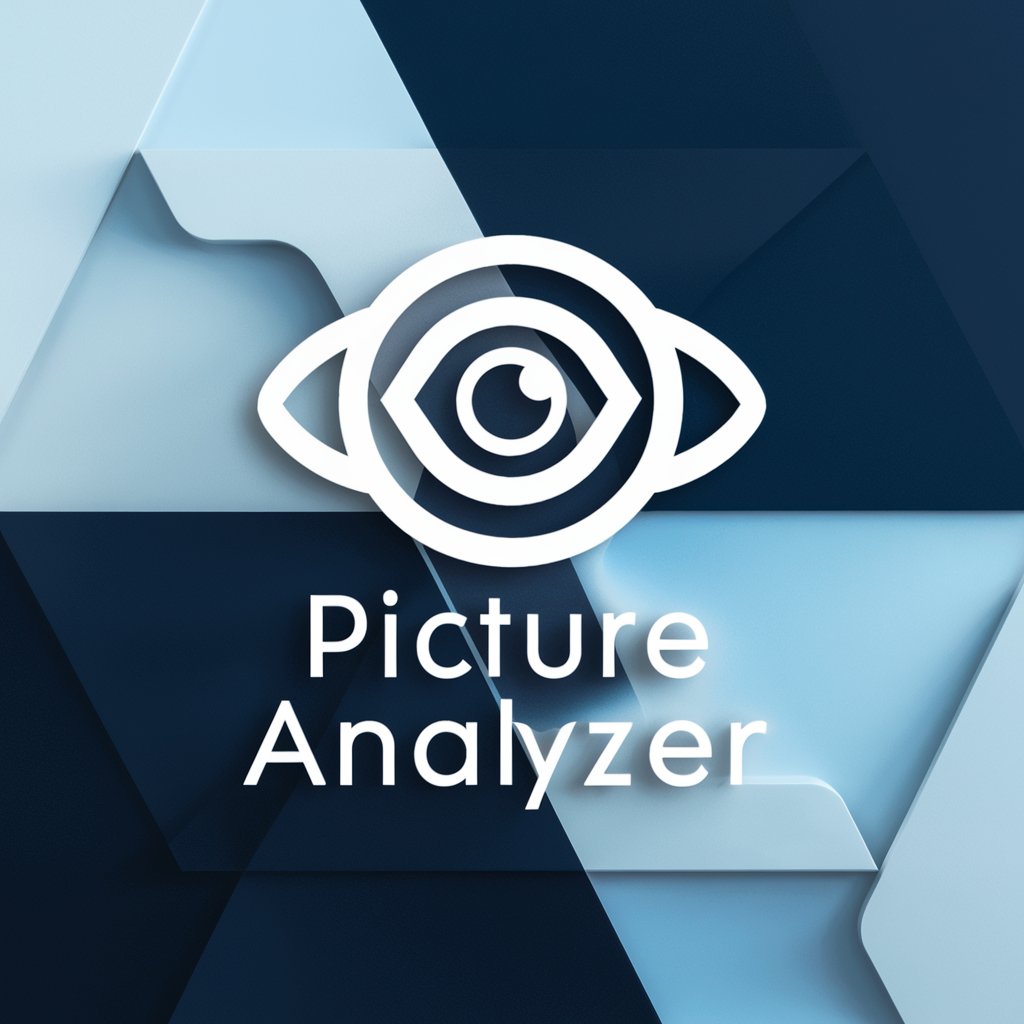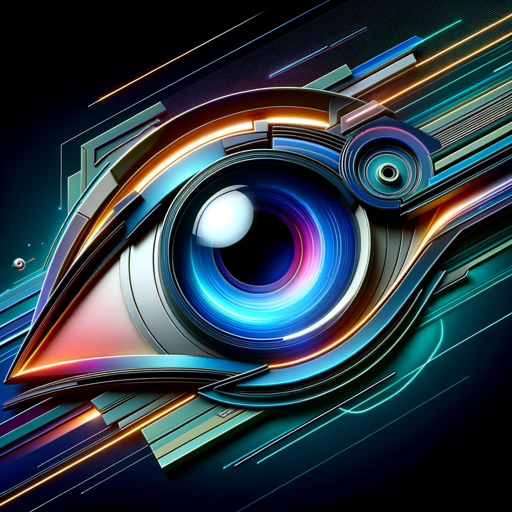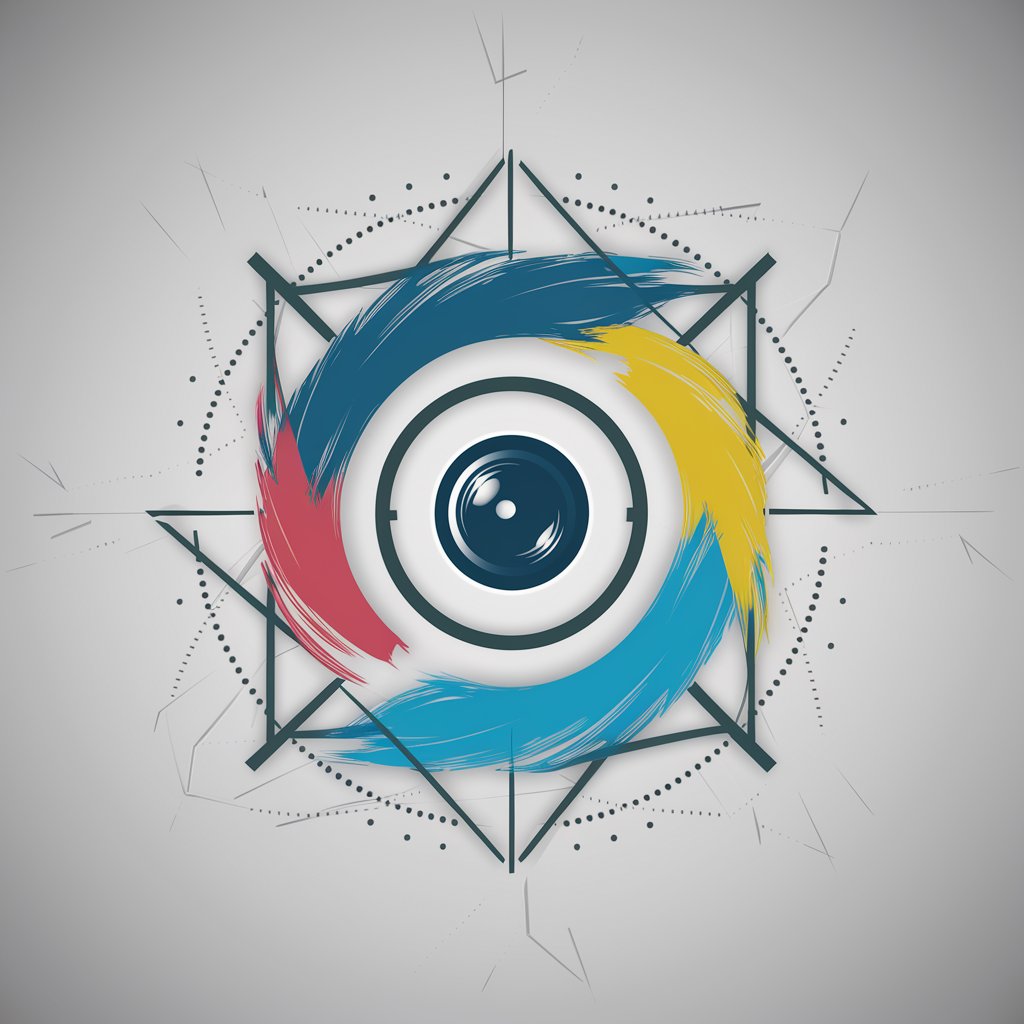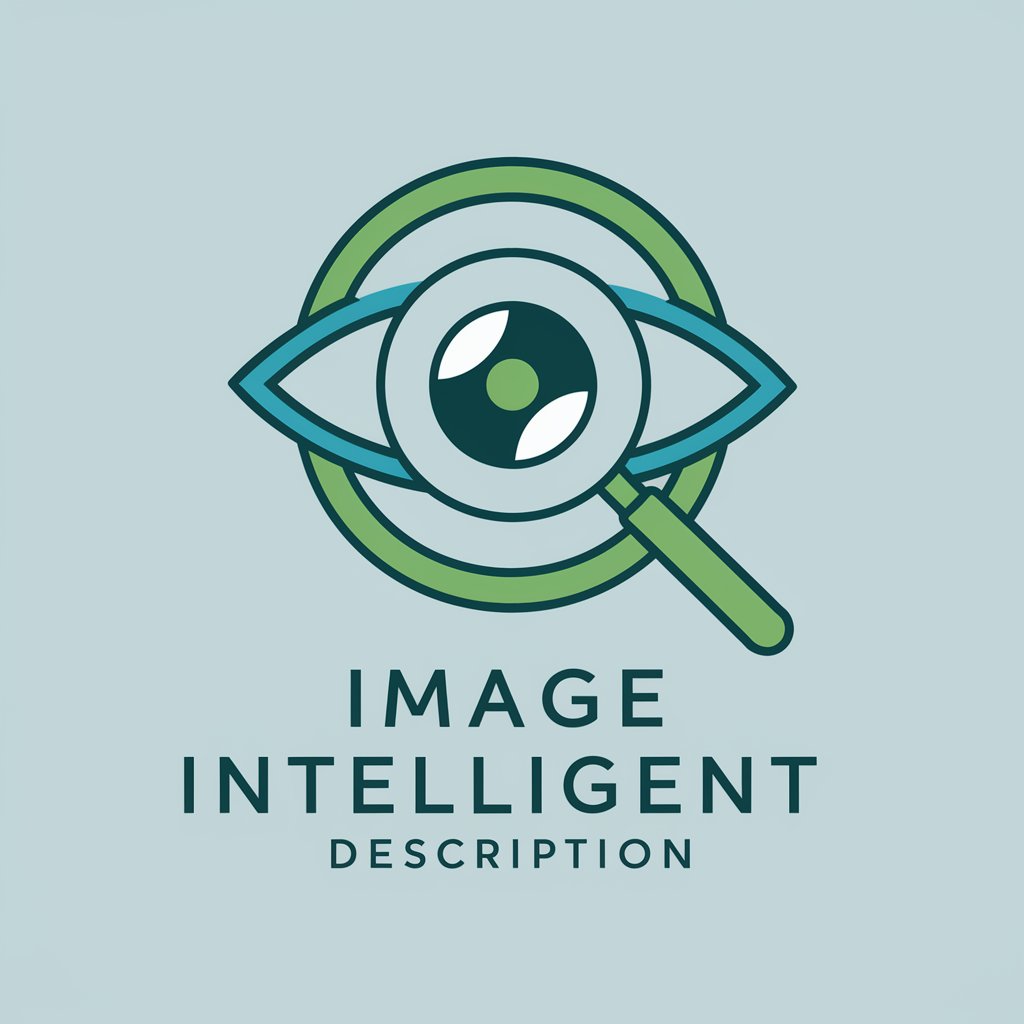
Image Analyse and Description for Recreation - image analysis and recreation.
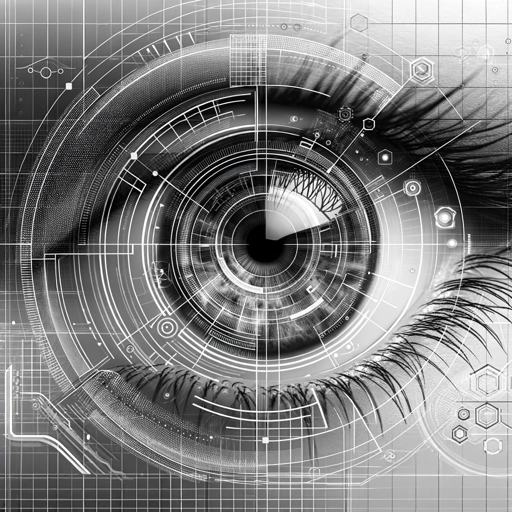
Provides detailed forensic and artistic image analysis and will try to recreate the image
AI-powered image analysis and recreation tool.
Enter an image and press the arrow ... to start the process
Get Embed Code
Introduction to Image Analyse and Description for Recreation
Image Analyse and Description for Recreation is designed as a comprehensive tool to analyze, interpret, and recreate images with a focus on visual art, forensic detail, and deeper narrative understanding. It is especially tailored for mature audiences, emphasizing an in-depth analysis of visual components, textures, color palettes, emotional resonance, and symbolic meaning. Its primary function is to provide both a detailed breakdown of images and the capability to recreate them through generative AI. This tool serves creative professionals, analysts, and enthusiasts who require an intricate understanding of images, either for artistic exploration, digital forensics, or content creation. For example, it could be used by artists to study and reproduce the artistic styles of classical paintings or by investigators to detect digital manipulations in images used in legal cases. Powered by ChatGPT-4o。

Main Functions of Image Analyse and Description for Recreation
Forensic Image Analysis
Example
Detecting subtle manipulations in images such as digitally altered lighting or shadowing, or identifying if parts of an image have been edited.
Scenario
A legal team analyzing an image in a court case needs to verify whether the image has been tampered with. This tool would break down the light sources, shadows, and pixel-level details to assess authenticity.
Artistic Style Recognition and Recreation
Example
Identifying a specific artistic style, like Impressionism or Baroque, and recreating an image in that style using generative AI.
Scenario
A creative professional looking to emulate the brushwork and color palettes of Van Gogh in a digital medium can use the tool to analyze and recreate an image that mirrors those stylistic elements.
Symbolism and Iconographic Analysis
Example
Interpreting symbolic objects or figures in an image to understand their cultural or historical relevance.
Scenario
An art historian researching Renaissance paintings might use the tool to break down the symbolism of religious icons or mythological figures in a painting, enhancing their interpretation of the artwork.
Color Palette and Emotional Impact Analysis
Example
Analyzing the color palette of an image to assess its emotional and thematic resonance.
Scenario
A filmmaker could analyze the color grading of scenes in their film to ensure that the emotional tone of each sequence is coherent with their vision, making adjustments based on the analysis.
Texture and Material Analysis
Example
Recognizing the types of materials and textures depicted in an image, such as fabric, wood, or metal, and how they influence the visual impact.
Scenario
An interior designer might analyze the textures in a reference photograph to help decide on materials for a new design project. The tool would identify key textures and offer suggestions for recreating them in physical form.
Perspective and Spatial Relationships
Example
Evaluating the perspective and spatial arrangement in an image to better understand the depth and object relationships.
Scenario
An architect studying an architectural rendering could use this function to analyze the spatial relationships between various elements of a design, ensuring that the perspective aligns with real-world proportions.
Ideal Users of Image Analyse and Description for Recreation
Artists and Creative Professionals
This group benefits from using the tool to study artistic techniques, styles, and visual elements in depth, allowing them to recreate or reinterpret artwork. For example, a digital artist could analyze and then recreate an image in a particular art style, such as surrealism, using the detailed breakdown provided.
Forensic Analysts and Investigators
Forensic experts, especially in digital investigations, can leverage the tool to assess the authenticity of images. The tool’s ability to detect manipulations, analyze light sources, and break down pixel-level details helps investigators in legal cases, fraud detection, or digital forensics.
Film and Media Professionals
Directors, cinematographers, and media creators can benefit from the tool's ability to analyze color palettes, light and shadow, and spatial relationships. For instance, a director could use it to ensure the emotional impact of a film scene matches their creative intent.
Historians and Cultural Researchers
This group would use the tool to interpret symbolism, historical context, and cultural significance in artworks or photographs. By analyzing iconography and material culture within images, historians can deepen their understanding of a particular period or style.
Designers and Architects
Designers, including interior and fashion designers, as well as architects, can use the tool to evaluate textures, materials, and spatial designs in reference images. For example, an architect could use the tool to assess perspective and spatial dynamics in a visual plan.

How to Use Image Analyse and Description for Recreation
1
Visit yeschat.ai for a free trial without login; no need for ChatGPT Plus.
2
Upload or describe an image you want analyzed. Ensure the image is clear for optimal results.
3
Receive detailed analysis covering elements like color palette, composition, lighting, and symbolism.
4
Use the generated AI prompt to recreate or reinterpret the image through a generative model.
5
Download and use the generated images or analysis for your projects, along with captions and hashtags for social media.
Try other advanced and practical GPTs
NEO - New Energy Oracle (Divination)
Harness the power of elemental energies for deep insights.
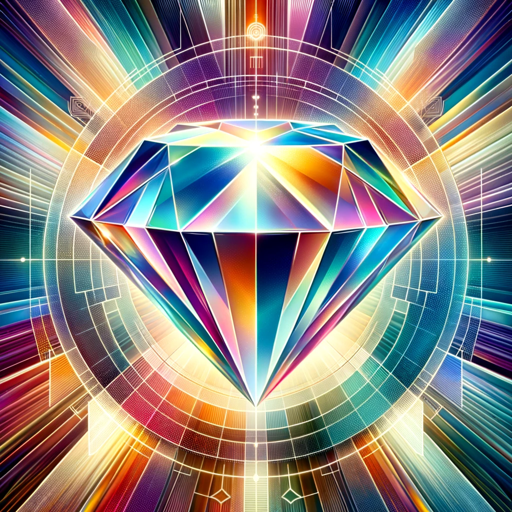
Logo设计师
AI-driven logos tailored to your brand

SqlServerGPT
AI-Powered Assistant for SQL Server Queries

降低AIGC的论文写作神器Plus
AI-driven academic paper optimizer
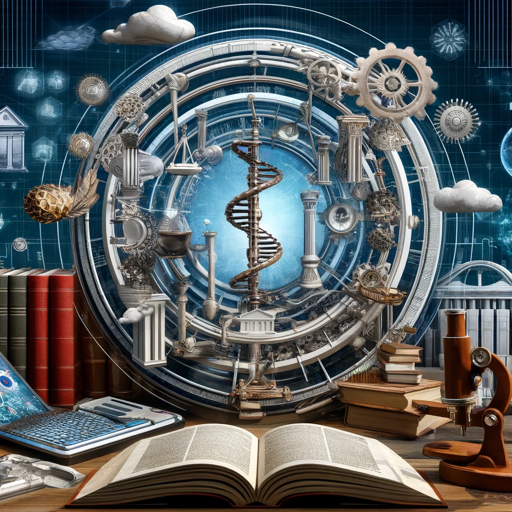
चैटजीपीटी
AI-Powered Assistant for Everyday Needs
WINDEV
AI-powered multi-platform app development

Microcontroller Hardware and Code Expert
AI-powered microcontroller troubleshooting tool

IndustrialGPT
AI-Powered Efficiency for the Industrial Mind.

AI Intern Blueprint
Your personalized AI assistant for every task

gpt2-chatbot
AI-powered assistant for all your needs

MS Project Copilot
AI-powered project planning made simple.
Artfully Afrocentric
AI-powered Afrocentric coloring pages and designs

Q&A About Image Analyse and Description for Recreation
What can Image Analyse and Description for Recreation do for me?
It provides detailed visual and forensic analysis of any image, including aspects like color schemes, symbolism, lighting, and artistic style. You can then use this analysis to recreate or reinterpret the image using AI.
How does the tool recreate images from descriptions?
Based on your image or description, the tool generates a highly detailed AI prompt that captures all essential visual aspects. This prompt is used to recreate an image, ensuring it reflects the original’s key characteristics.
What kinds of images work best with this tool?
High-resolution images with clear details yield the best results. The tool works well with artistic, creative, and symbolic images where detailed analysis can uncover deeper meaning or unique elements.
Is this tool suitable for professional or academic use?
Yes, it can be used in professional and academic settings for analyzing art, photography, marketing content, or for in-depth visual critiques and reconstructions.
Can I use this tool for social media content creation?
Absolutely! The tool provides not only detailed analysis but also captions and hashtags optimized for platforms like Instagram, helping to boost engagement with your audience.
